On this page, you’ll find resources to walk you through a user-centered design process, to come up with new ideas for products and services, and then to implement them. These resources all support a design process that generally follows this five step path.
 We will be adding resources on the general process, as well as walk-throughs of each of these five steps. Stay tuned as we build up this page with tools & guides to go through this process.
We will be adding resources on the general process, as well as walk-throughs of each of these five steps. Stay tuned as we build up this page with tools & guides to go through this process.
Notes on the Product/Service Design Process
You have an idea for a new product to build. Now you need to get from this idea — this possible way to solve a problem — and discern how (and if) you can get it to have impact.
Going through a design process can lead you from an idea, or even just a problem area, to a strong, vetted, grounded concept of what product you should build.

It will lead you from idea to a well-planned idea that you can enlist a developer to actually code or build, and then return to you to implement.

This part of the toolbox provides you with methods, props, and guides to take you from idea to a pilot of your project. Scroll through to go step-by-step, or jump to a section now!
Knowing Your Users
The first step of nearly any design process is understanding who ‘the user’ of your design will be. The user is the person who is the main target of your product, service, organization, information, or system. She is the person whose problem your design will be addressing.
To know your user, you must engage in user research inside the problem area you’ve scoped.
Defining Personas
After you’ve interviewed, observed, and gathered information about the people involved in the problem area — then it’s time to start defining who your users are.
To unpack what you’ve heard, one exercise is value-mapping. Document beliefs, preferences, priorities, frustrations, loves, hates, and other values that you’ve heard from your user — and that you can infer from what you’ve heard & observed.
Another unpacking tool is a Needs pyramid. Looking at the user research you’ve gathered, map out the needs inside this pyramid. The most peripheral & passing go into the bottom-most section of the pyramid. The most important one or two go in the top section. This should help you prioritize among the needs you’ve heard.
Now you should know who might be using your design, what they value, and what they need. Then you need to start creating ‘user archetypes’ or ‘personas’. These generalizations of actual people will guide the rest of your design process.
Of course, there could be multiple users — not all products will have just one user. Your design could apply to multiple different types of users — use this document above to identify & characterize these main user personas.
This document also guides you through defining ‘Use Cases’. Use cases are how your user will engage and use your design, step by step.
Brainstorming Solutions
Here are some general rules for how and why we brainstorm a multitude of ways to solve the problem for the user you’ve defined.
Prototyping
A key and exhilarating step of the design process is prototyping. At early stages, you should generate lots of low-fidelity prototypes of what your idea will be.
At first the prototypes you build will be a continuation of your brainstorming. As you try to build stuff, it will help you come up with more ideas & make them more concrete. After some rounds of these low-resolution, brainstorming prototypes, you’ll be moving on to prototypes that will be closer to a final-ish design that can actually solve the problem you’ve scoped.
An easy way to generate low-fidelity prototypes is to sketch your idea in 8 scenes. It could be 8 screens of your app or website — from when your user finds the product, through how they use it, and how the product resolves their situation.
You can also map out your user’s journey from problem to resolution using a journey map. Identify who your user is before — with notes on their problem situation. Then note what ‘touchpoints’ your user will have with your design. Finally note who your user is after engaging with your design — what is different now? 
Now think about situating your design in your user’s life. When will she use it — at what time of the day? What point in a week? When during a month? What season of the year? And what point in her entire lifetime. This exercise — even if it’s just zones and not precise points — will force you to situate your design in specific contexts. 
Implementation
You’ve vetted a design with user testing — you know that there is promise to pursue. Now it’s time to think of what scale and scope your first implementation should be.
Try this exercise: put all your ideal features and functions in the right-side box of “Then”. Now scale back to the three, limited features that you can and should implement in the “Now”. Constraints are healthy for your pilot, to help you get to an implementation sooner, and to force you to prioritize what’s core to the value you’re providing.
You should continually be asking yourself — and your users — if this product or service is worth developing. There are three main areas for user testing to investigate. You cannot start this testing soon enough.
More resources to use



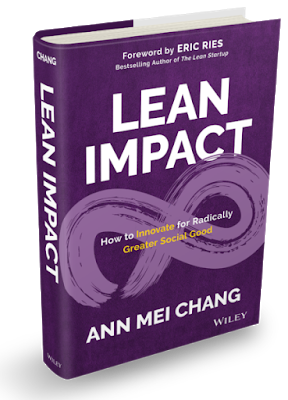






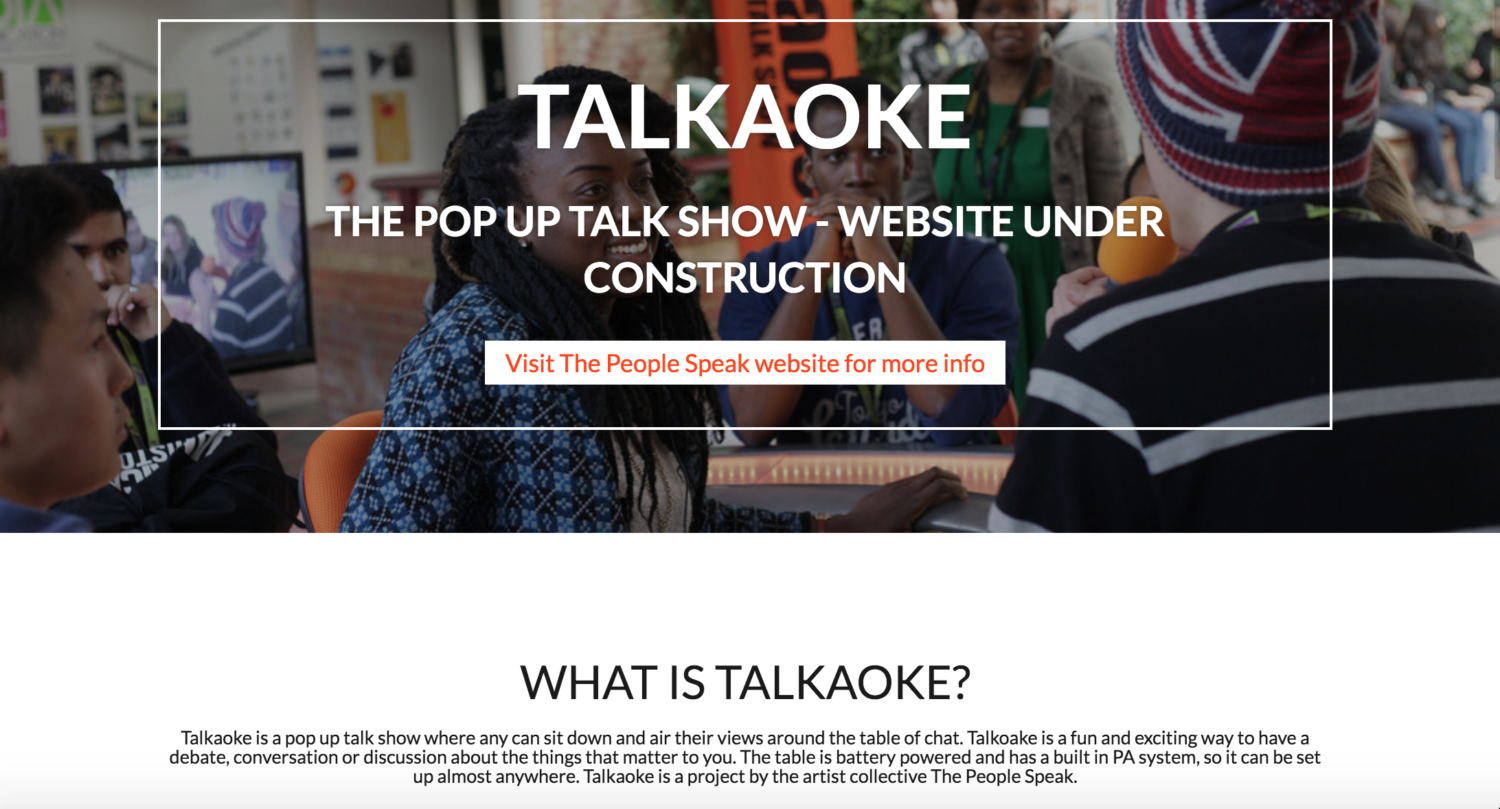















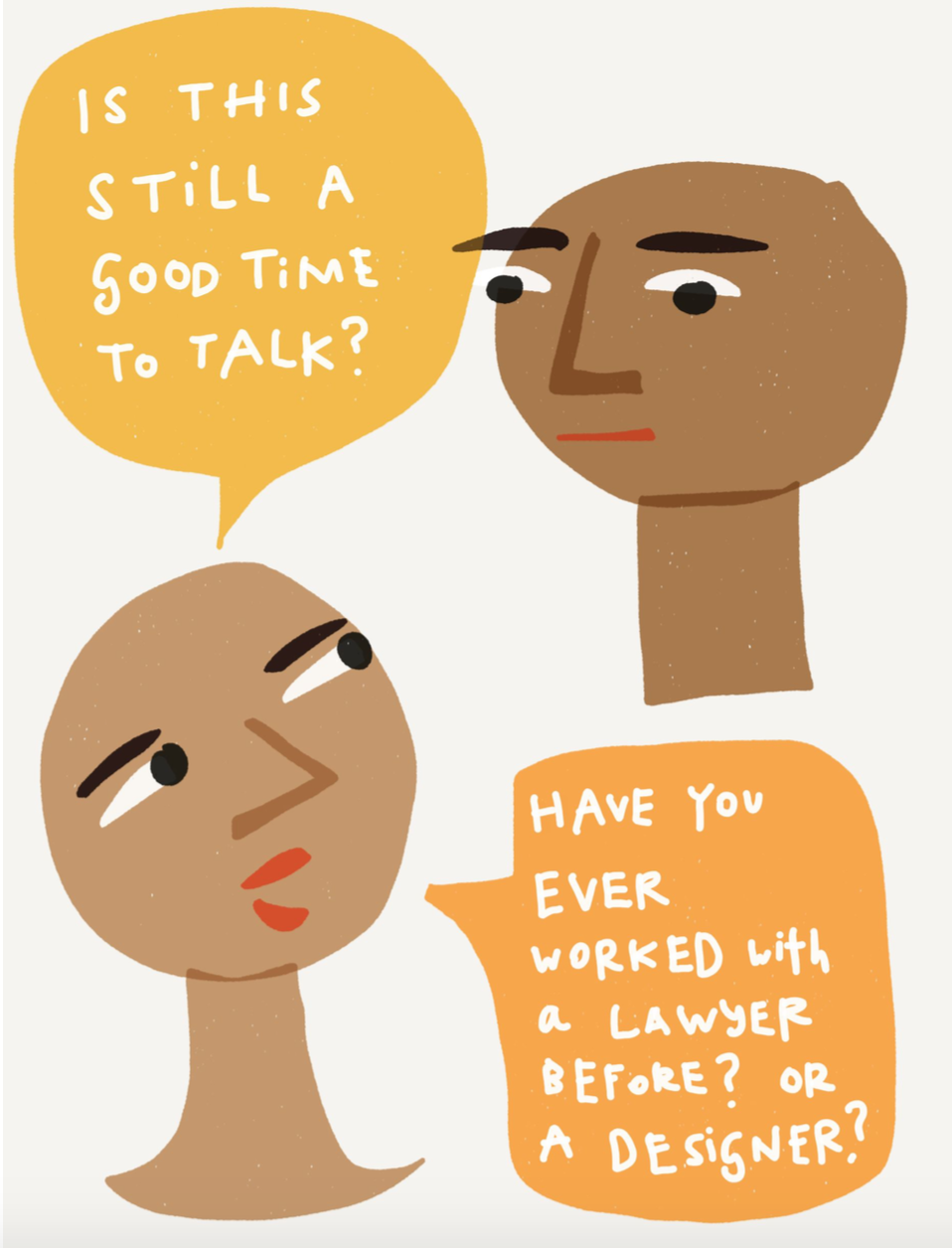














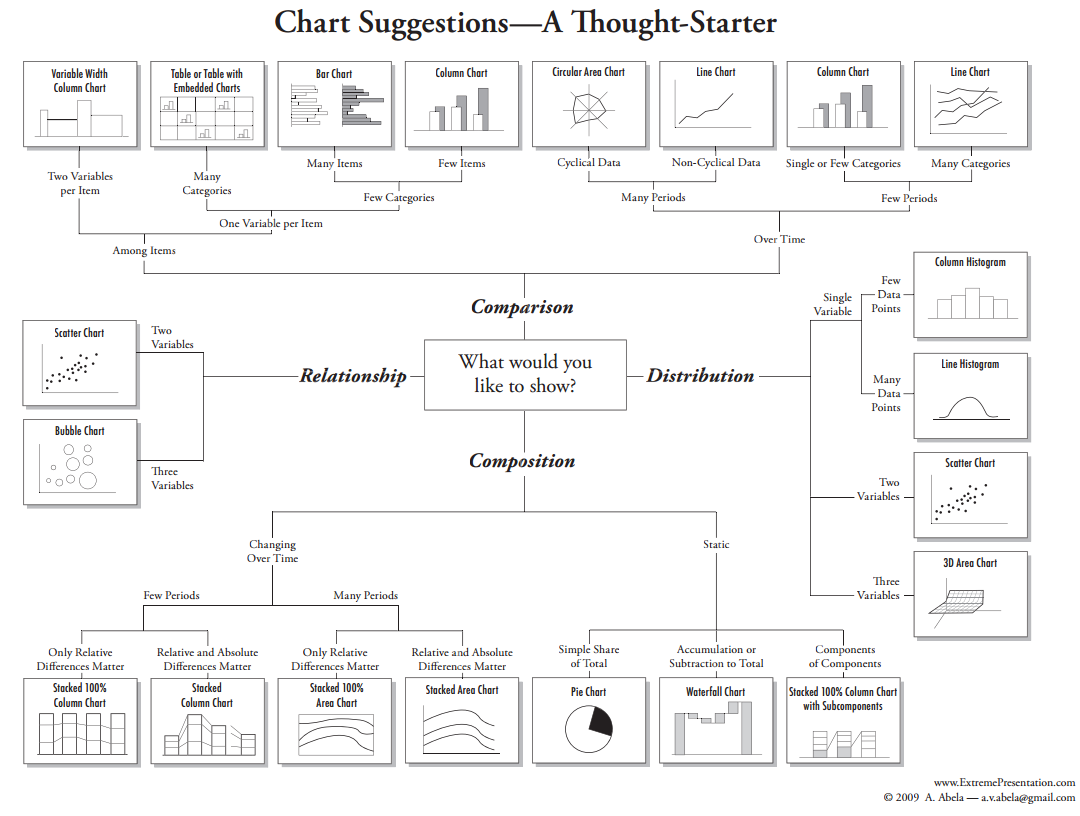



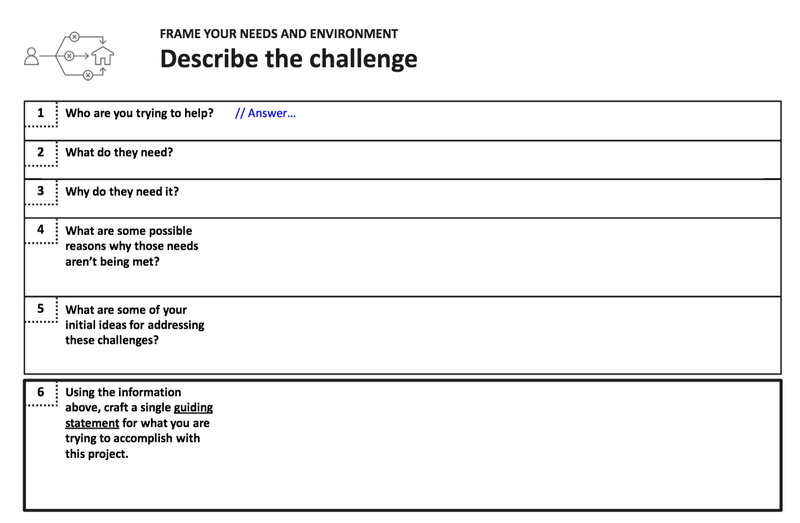







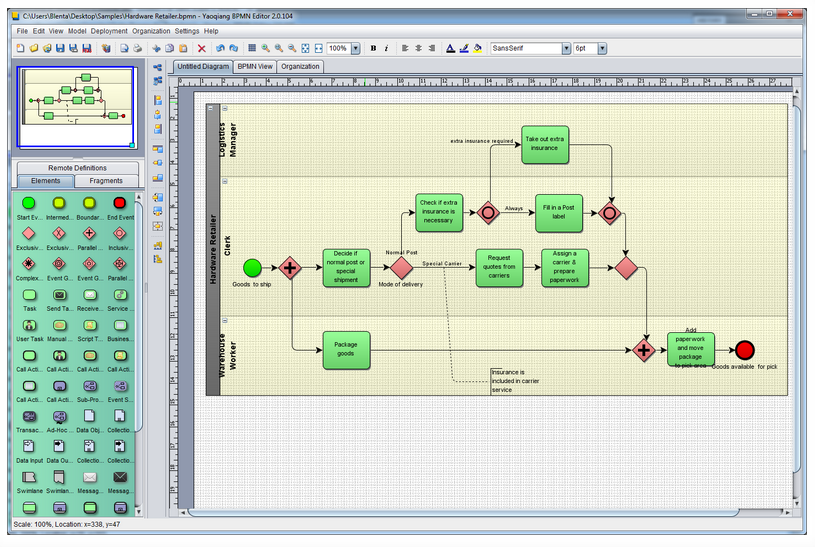

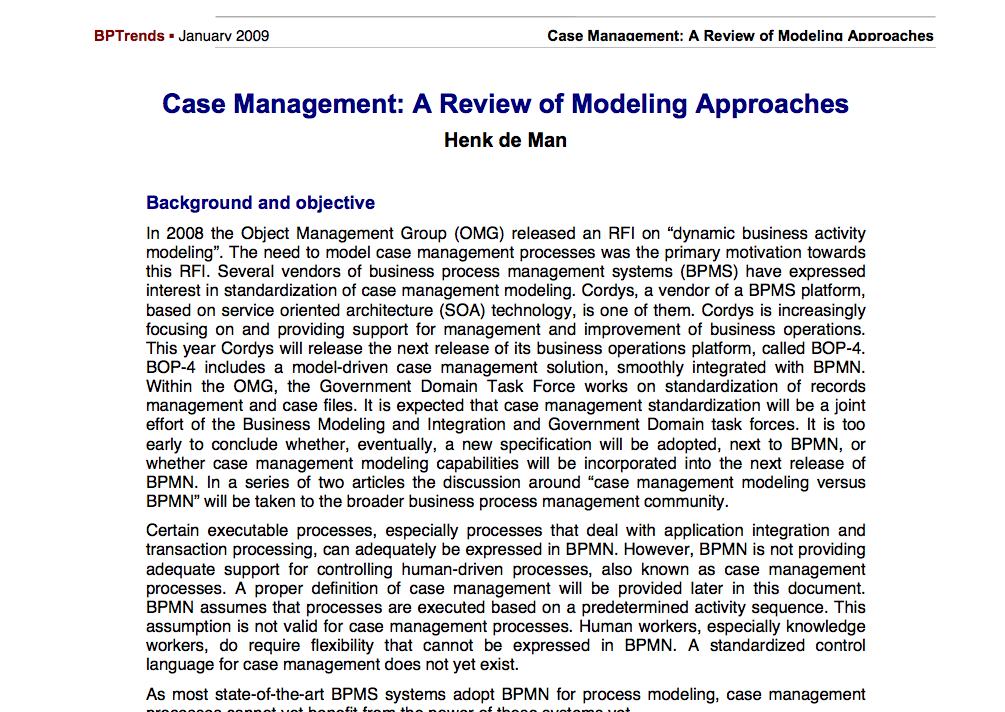












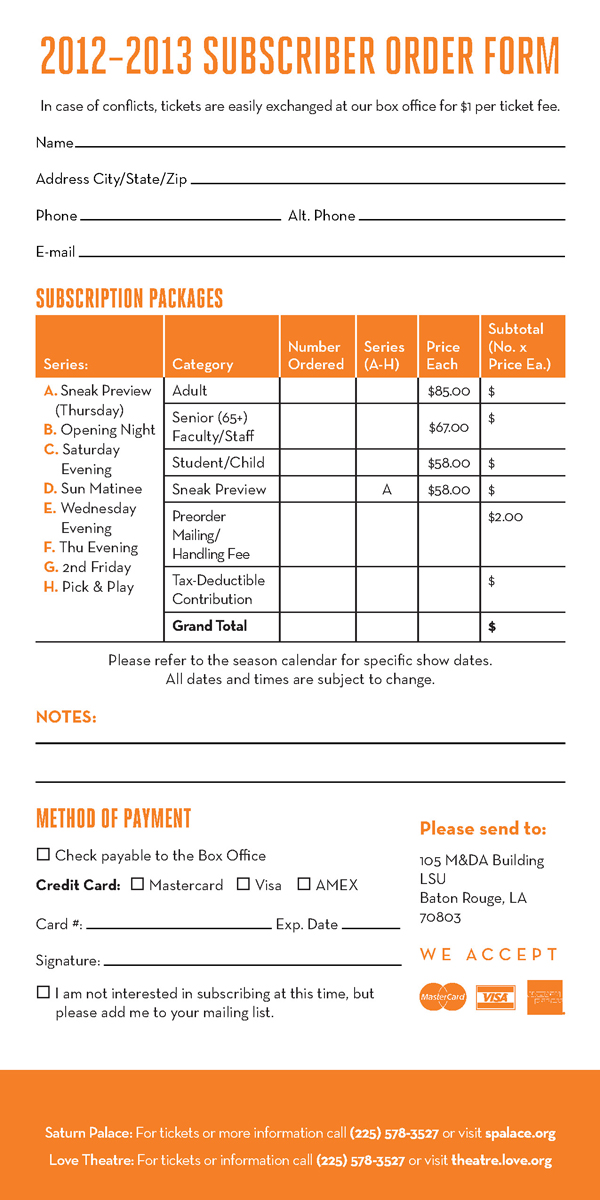
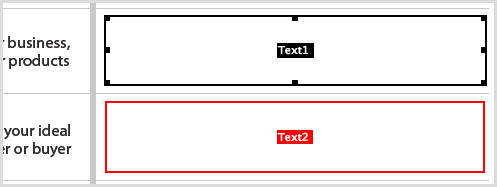





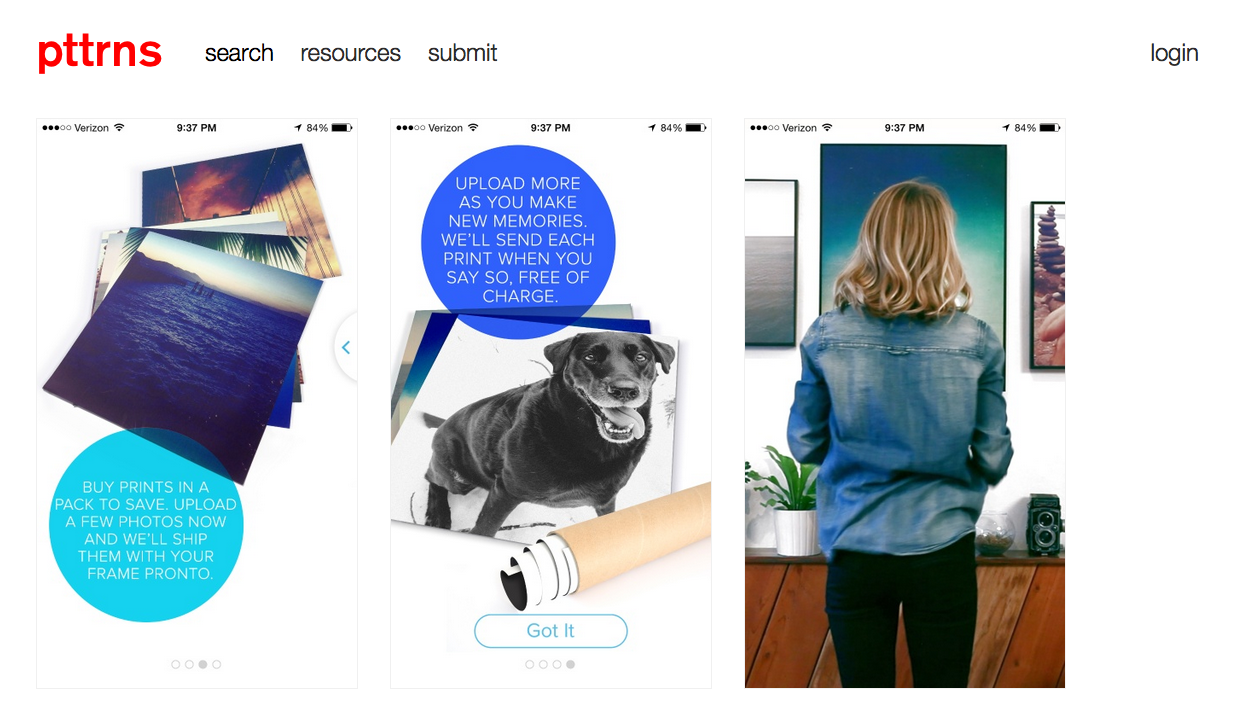









































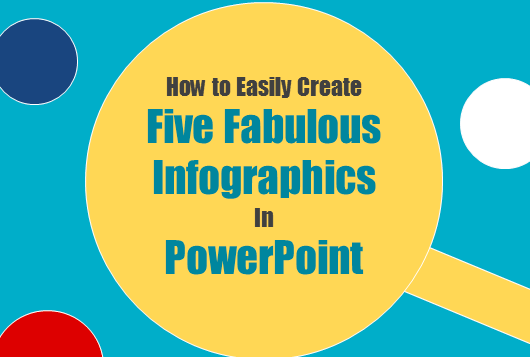










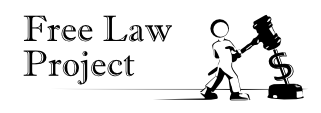











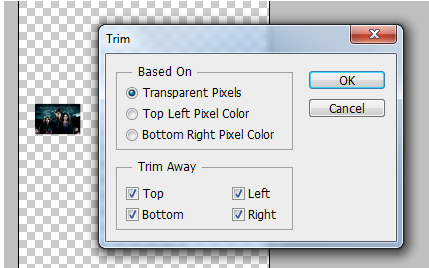













21 Comments on “Develop a New Product or Service”
Pingback: Osgoode’s New Law Course Prepares Students for the Future of Law | The Winkler Institute for Dispute Resolution
I stumbled across this page as I was searching for design process information. Thank you so much for it. It is just wonderful. It breaks things down into manageable, understandable pieces. And it provides tools and thought processes for working through a project. It is really quite good. Thank you!
I love all of your Process managing.
Pingback: Blog Post 1: Why do I need to manage my project design and implementation? – Cindy Chow
Pingback: Design, Produce, Evaluate – jakematthewsblog
Pingback: Why do I need to manage my project design and implementation? – Education Caroline
Pingback: “What do I need to manage my product design and implementation?” – Digital Reflection
Pingback: Why do I need to manage my project design and implementation? – Claire's COMM Thoughts
Pingback: Why do I need to manage my project design and implementation 2.0 – Claire's COMM Thoughts
Pingback: Critically Reformed Blogs – jakematthewsblog
Pingback: Week 8, How to Create Meaningful Interactions through Technology – Lucia Muttering
Pingback: ePortfolio Task 9 – Nicole Yallop
This type of thought process really helped myself underline key aspects of designing and marketing a product, it is a very detailed way in which to think critically and ultimately succesfully about how to make you idea a reality.
great page
Pingback: First Driving Question; What is the fundamental functionality of the game – Around the World
Pingback: ‘Why do I need to manage my project design and implementation?’ – COMM140 REFLECTIONS
Pingback: REWRITTEN BLOG ‘WHY DO I NEED TO MANAGE MY PROJECT DESIGN AND IMPLEMENTATION’ – COMM140 REFLECTIONS
Pingback: Dear Diary: – ASU Arts Entrepreneurship Graduate Seminar
Pingback: Is the final product more important than the actual design process? – Dione's Educational Blog
Pingback: Phase 3: Making – Linda Vasquez
Pingback: The Ultimate Guide to Service Design | Cleverism